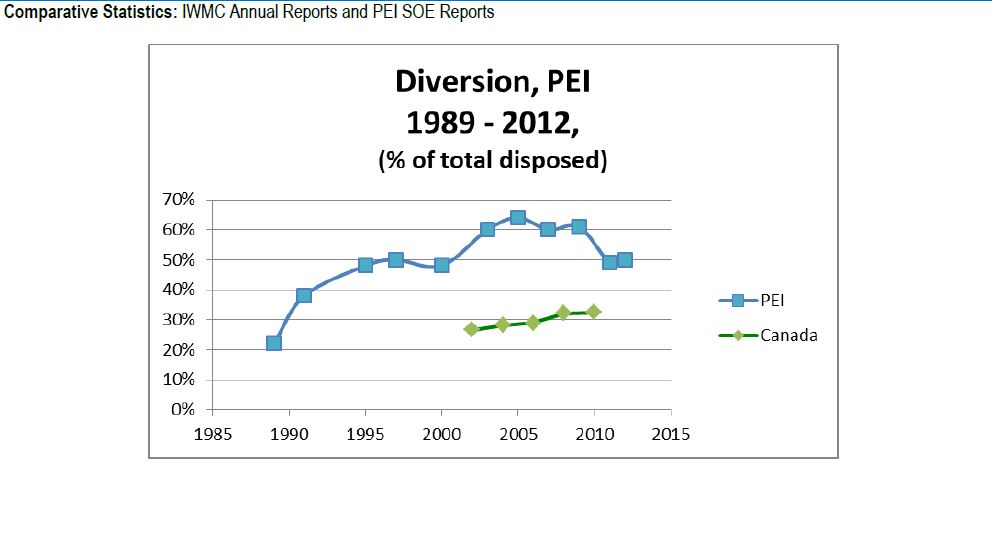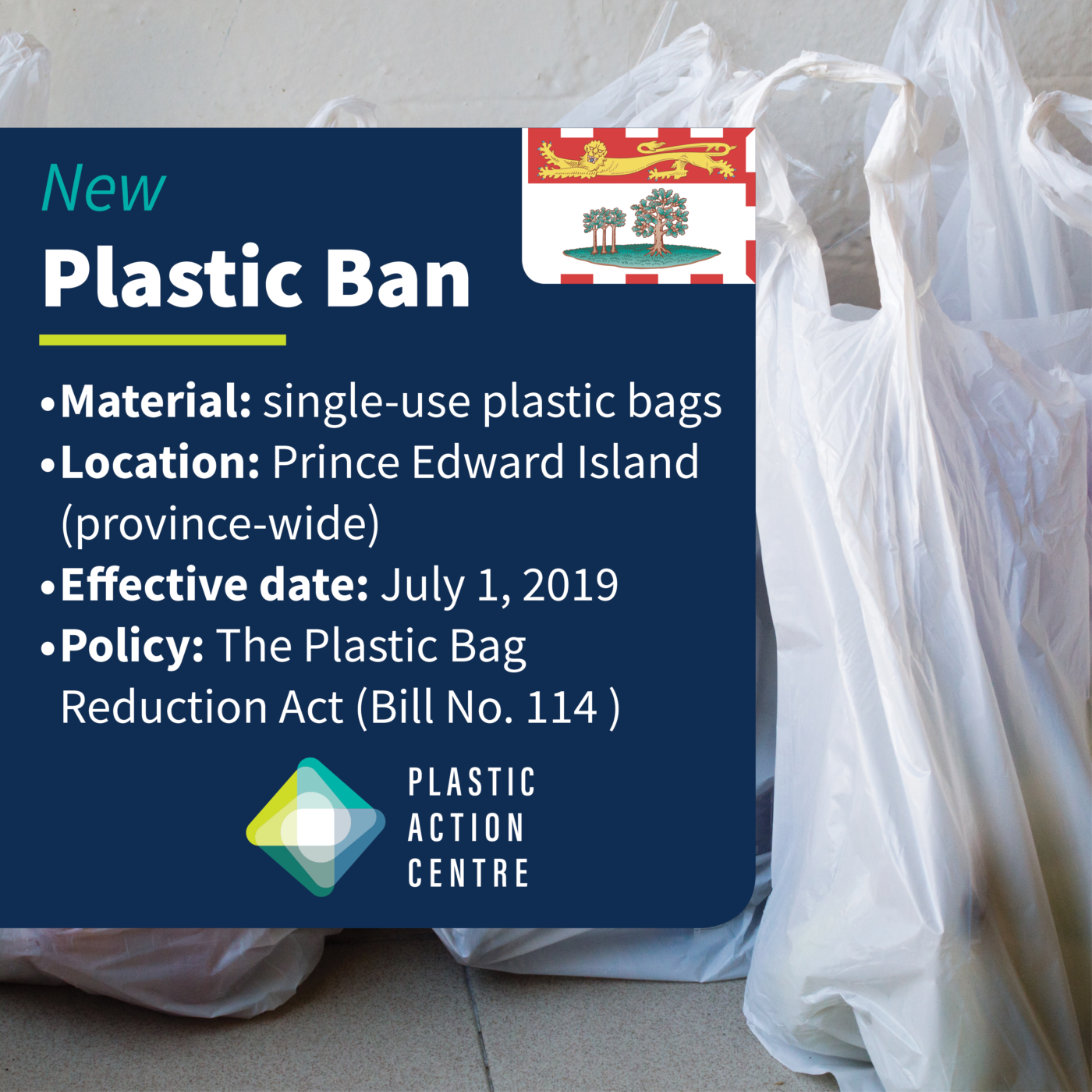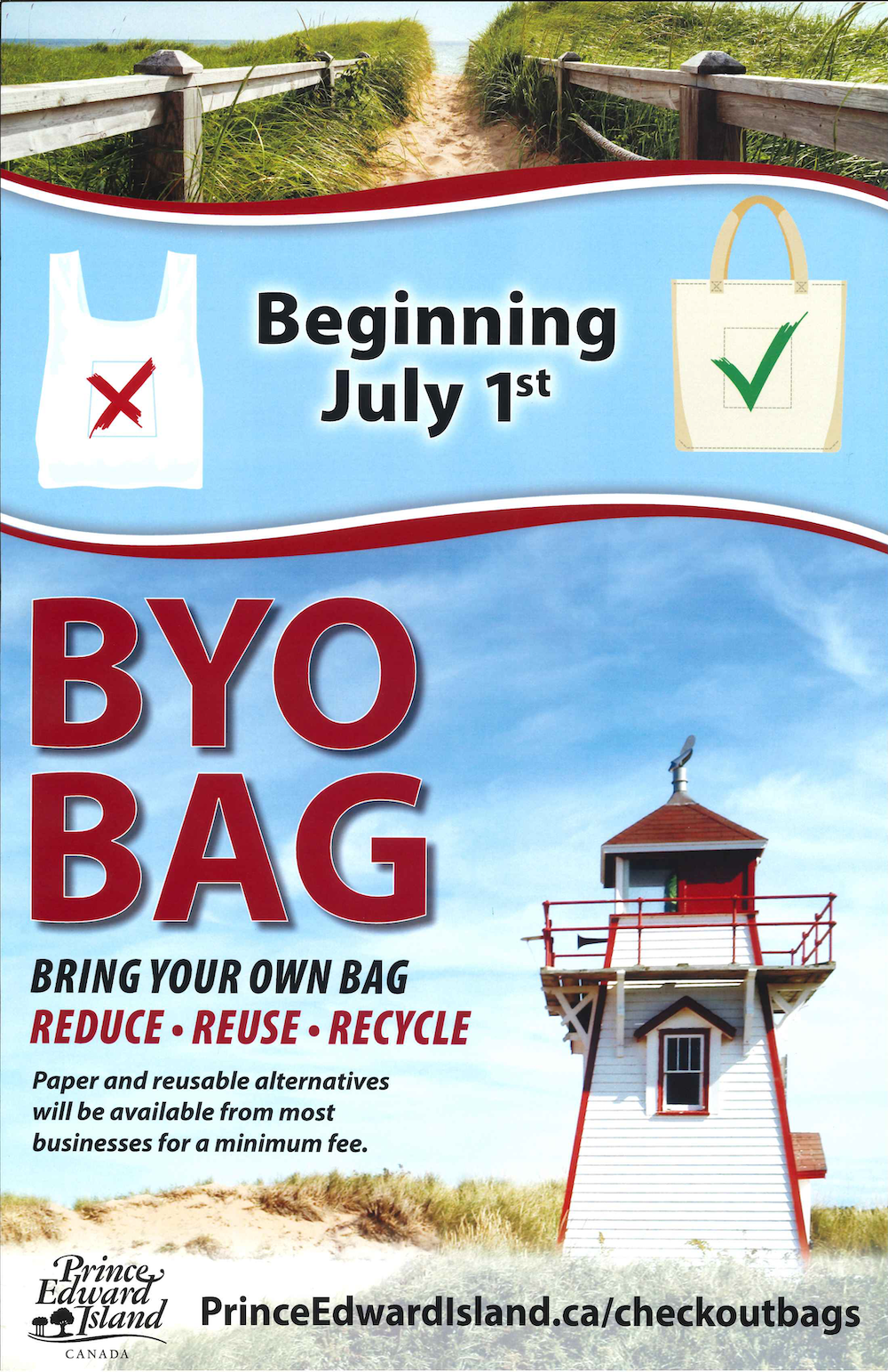Waste management and recycling regulations in Prince Edward Island generally relate to the two areas where waste is generated, the residential and the Industrial, Commercial, and Institutional (IC&I) sectors.
Residential waste management and recycling operations was turned over to the Island Waste Management Corporation in 1999. Prince Edward Island was the first jurisdiction to have a province-wide source separation waste management system.
Diversion Rates (Tonnes) 2016
|
Prince Edward Island |
All materials diverted |
53,261 |
|
White goods |
6,325 |
|
|
Electronics |
629 |
|
|
Plastics |
781 |
|
|
Tires |
2,395 |
|
|
Construction, renovation and demolition |
0 |
|
|
Other materials |
167 |
*All other materials than ‘Plastics’ may or may not have plastics in them.
Diversion Rate Trends

Disposal Options
|
Energy Recovery from Waste Approach |
No provincial EFW Strategy, but there is 1 large EFW facility. No others planned.
|
|
Disposal Approach |
Number of landfills operating = 5 with 0 LFG recovery. Province-wide landfill bans on organics, collection is required for both residential and ICI sectors. The Plastic Bag Reduction Act takes effect July 1, 2019, which will ban retailers from offering plastic bags.
|
*Waste disposal on Prince Edward Island is manage by a private corporation, the Island Waste Management Corporation.
Plastic Bans
Plastic Bag Ban – Province-Wide
The Plastic Bag Reduction Act (Bill No. 114 ) comes into effect July 1, 2019.
- The Act prohibits a business from providing plastic checkout bags to customers.
- Businesses are required to charge a minimum of 15 cents for a paper bag and $1.00 for reusable bags.
- Exceptions include offering small plastic bags for food safety, medications and dry clearing and companies will be allowed to use plastic bags they have already purchased.


